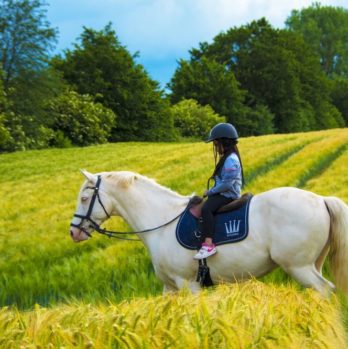Scotland Golf: The Ultimate Guide to the Land of Golf

Introduction:
Scotland, known as the birthplace of golf, offers an unparalleled golfing experience to enthusiasts from around the world. With its stunning landscapes, historic courses, and rich golfing heritage, Scotland is a haven for those seeking an authentic golfing adventure. In this comprehensive guide, we explore the ins and outs of Scotland golf, including its various types, popularity, quantitative measurements, differences between courses, and a historical overview of its pros and cons.
1. Scotland Golf: An Overview

Scotland Golf, also referred to as Scottish Golf or simply links golf, is a unique and traditional form of the sport. It involves playing on coastal courses, typically characterized by natural terrain, rugged landscapes, and challenging coastal winds. The country’s expansive coastline and rolling dunes provide the ideal backdrop for a challenging and memorable golfing experience.
2. Types and Popularity
Scotland boasts a wide range of golf courses, catering to players of all skill levels and preferences. These include links courses, parkland courses, and heathland courses. Links courses, such as St. Andrews, Carnoustie, and Royal Troon, are the most popular and revered. They offer a true test of skill and strategy, with undulating fairways, pot bunkers, and firm, fast greens. Parkland courses, on the other hand, are set within scenic landscapes, often featuring tree-lined fairways and manicured gardens. These courses, like Gleneagles and Loch Lomond, provide a more serene and picturesque golfing experience. Lastly, heathland courses, such as Gullane and Cruden Bay, combine elements of both links and parkland courses, offering a unique blend of challenges and aesthetics.
3. Quantitative Measurements
To evaluate the quality and difficulty of Scotland golf courses, several quantitative measurements are considered. The most prominent metric is the course rating, which assesses the relative difficulty for a scratch golfer. The higher the rating, the more challenging the course. Another key measurement is the course slope, which reflects the relative difficulty for a bogey golfer. Additionally, the yardage, par score, and number of bunkers and water hazards on a course provide further insights into its overall toughness and strategic demands.
4. Differences Between Scotland Golf Courses
One of the remarkable aspects of Scotland golf is the significant variation across different courses. Links courses, with their natural features and ever-changing weather conditions, require golfers to adjust their play and adapt to the environment’s nuances. Parkland courses, on the other hand, offer a more controlled and manicured setting, giving players the chance to showcase their precise shot-making abilities. The contrasting characteristics offer a diversity of challenges and experiences, making Scotland a golfer’s paradise.
5. Historical Overview of Pros and Cons
Over the centuries, Scotland golf has evolved, presenting both advantages and disadvantages. The traditional link courses, while offering a pure golfing experience, can be unforgiving for less skilled players due to their natural hazards and intricate setups. However, they provide an unparalleled sense of history and a chance to walk in the footsteps of golfing legends. Parkland courses, although visually appealing and well-maintained, might lack the rugged authenticity of links courses. Nevertheless, they provide a more forgiving and enjoyable experience for golfers across all skill levels.
[INSERT VIDEO HERE]
In conclusion, Scotland golf offers an extraordinary golfing experience unlike any other. Whether you choose to tackle the challenging links courses or indulge in the beauty of parkland courses, Scotland guarantees to leave avid golfers with lasting memories. The rich history, diverse landscapes, and dedication to the sport make Scotland a must-visit destination for golf enthusiasts worldwide. So, grab your clubs and get ready to experience the magic of Scotland golf.











